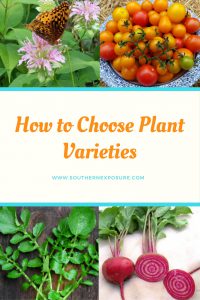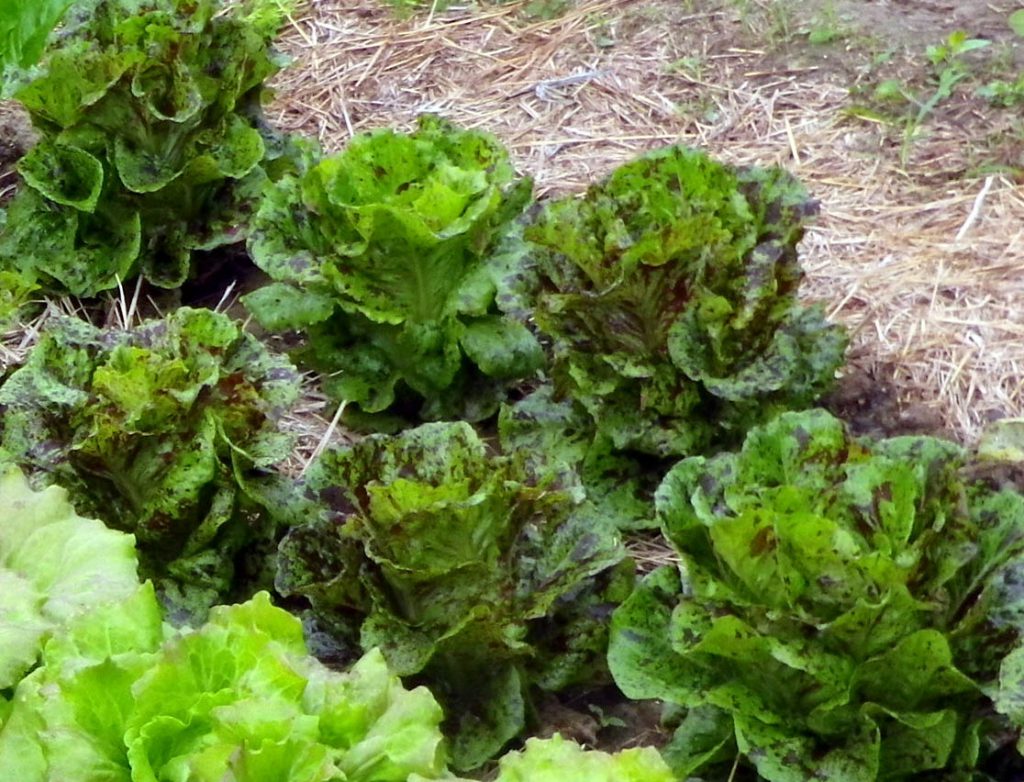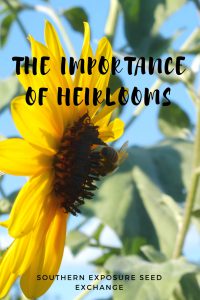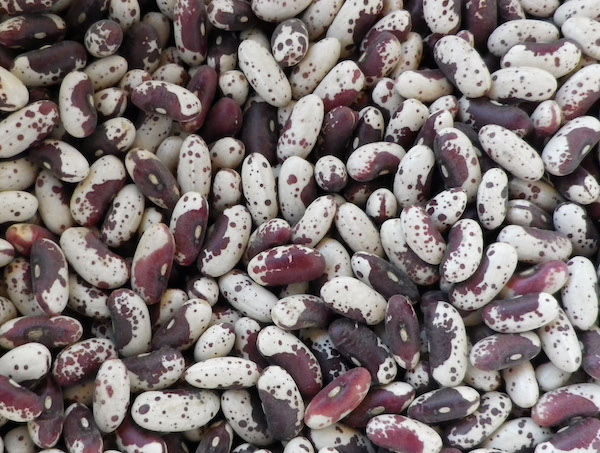
You don’t need to be a “prepper” to grow storage crops. In fact, there are many reasons anyone with room should add a few storage crops to their garden. Storage crops can help you cut down on your grocery bill, eat a more local diet (which is better for the environment), and even eat a little healthier too. They’re also a great way to connect with history. Not long ago all of our ancestors relied on storage crops to help them make it through the year. Today we may not depend on them but growing some can be a worthwhile pursuit.
Dry Beans
They’re wonderfully easy to grow and a great source of protein. Beans are also a nitrogen-fixing legume perfect for growing after or in combination with heavy-feeders like corn. Dry bean varieties are either pole or bush type so consider your space before choosing a variety.
Dry beans should be allowed to fully mature and if possible dry before harvest. If frost or wet weather threatens you can pull the entire plant and hang them under cover to dry. An easy way to thresh dry beans is to take the beans still in pods and pour them into an old pillowcase. Then you can beat the pillowcase against a hard surface to break up the pods. You can then winnow the pods out.
Potatoes
While we often associate potatoes with the Irish they’re actually indigenous to the Andes in what’s now southern Peru and northwestern Bolivia. They’ve been cultivated for over 10,000 years!
Potatoes need to be cured before storage. Once harvested potatoes should be cured in a single layer somewhere dark and dry. Avoid washing them. You can gently brush off any dirt as they dry. After 7-10 days they can be placed in cardboard boxes and stored somewhere cool and dry. Around 55°F is ideal.
Don’t think sweet potatoes are only for Thanksgiving! This super versatile vegetable is nutritious and easy to grow at home. Unlike store bought sweet potatoes, varieties available for home cultivation range from starchy to sweet with a variety of colors including purple and white!
If cured and stored properly, sweet potatoes will keep for months with little effort. Check out the link above for everything you need to know about growing, harvesting, and storing sweet potatoes.
These awesome plants were developed by Native Americans and were an important dietary staple. Most have a sprawling nature so they require quite a bit of garden space but they can be grown beneath taller crops like in the “three sisters” method. Once established their vines will shade the soil reducing the need for watering and weeding.
Like sweet potatoes, winter squash must be harvested, cured, and stored properly to maximize their storage potential. However, this process is fairly straightforward and simple and squash can keep through the winter.
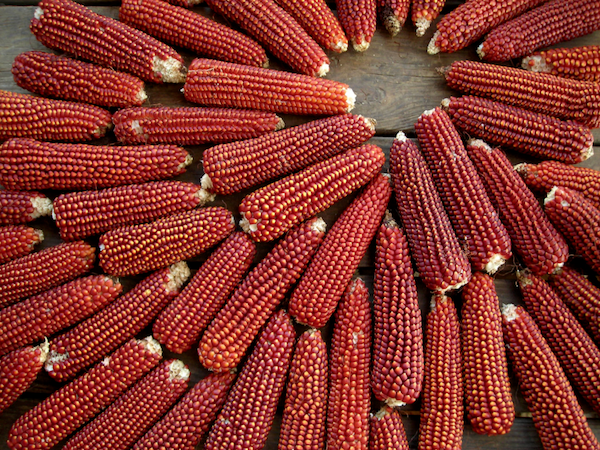
Also called maize, corn is still a staple crop in much of the world. Originally cultivated by Native Americans, flour corn is nothing like the sweet corn most of us are accustomed to eating at summer cookouts today.
Check out the link about to learn how to process your own flour corn for making food like grits, tortillas, and cornbread.
Root Vegetables
There are a variety of root vegetables that make excellent winter storage crops. Depending on your family’s preferences consider growing extra carrots, beets, turnips, or rutabagas.
If you live in a fairly mild climate one of the best ways to store root vegetables is right in the ground. Simply mound some mulch over them like hay or stray and harvest them as needed. Alternatively, you can harvest them, remove the tops and store them in layers in boxes of damp sand or shredded newspaper. Make sure they’re not touching and check them every week or so for spoilage.
Cabbage
When many people picture storing cabbage they often think of sauerkraut. While this is a fine and delicious way to preserve a cabbage harvest, you can also keep cabbage fresh. If you have a root cellar or cool damp space you can hang heads of cabbage upside down by their roots. Cabbage stored this way can keep for 3-4 months.
While garlic may not be a staple crop it does provide a lot of flavor for little effort. Many believe that garlic may also have health benefits and historically has been used to treat a variety of ailments.
Garlic is started in the fall from cloves. There are two types hardneck and softneck garlic. Hardneck produces scapes and handles cold temperatures well but softneck typically stores longer, though both will store for several months. Both types should be cured before storage.
At SESE we carry both bulb and perennial onions which are ideal for winter storage. Like most other storage vegetables, onions must be cured. Then they can be stored at room temperature and bring flavor to meals for months to come. They’re also a great crop for small gardens because they take up little space and are ideal for companion planting with many other vegetables.
While you can preserve any variety of tomatoes some varieties can be stored fresh! They’re harvested green in the fall and brought inside to ripen. All you need is a place to lay out your tomatoes with air space in between each one at room temperature. They can provide fresh tomatoes up to three months after harvest. Check out the link above to learn about three storage tomato varieties.
All of these wonderful vegetables can be stored for winter use without any electricity or complicated preservation techniques required. Having these on hand can help you make and eat healthier meals from home which is better for your budget and the planet.



